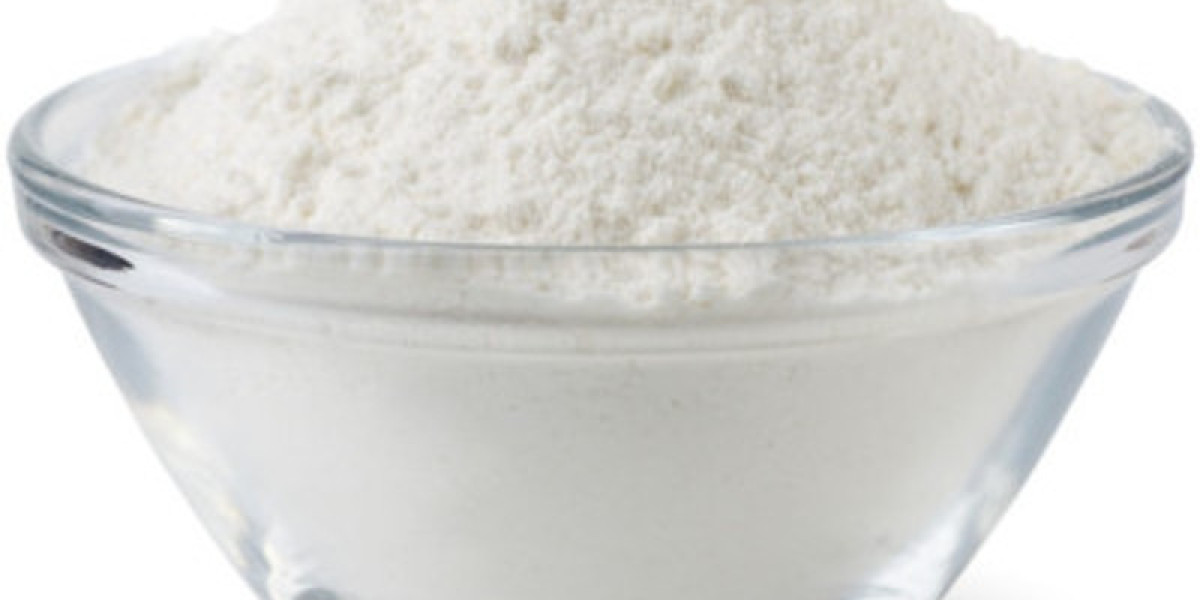Echemi's profit model is primarily a platform-based combination of "self-operated distribution + membership & marketing + supply chain & finance + data & exhibitions", forming a diversified structure of "transaction margin + subscription/promotion fees + service fees + interest/handling fees".
Profit Sources and Mechanisms
1. Self-operated Distribution (Core Source)
Profits come from the margin between procurement and sales prices. This is further enhanced by overseas warehouse inventory and localized delivery, which improve inventory turnover and gross profit margins. Echemi has previously disclosed that it offers over 800 self-operated product categories; its self-operated sales exceeded RMB 1.1 billion in 2020. In 2025, it ranked 56th in the ICIS Global Top 100 Chemical Distributors, with annual sales of approximately USD 474.6 million.
2. Membership & Marketing Services (Important Source)
Revenue is generated through monetizing traffic and business leads, including:
- Annual membership fees for suppliers/buyers;
- Store operation fees and advertising placement (e.g., featured product rankings, homepage promotions);
- Fees for RFQ (Request for Quotation) matching services;
- Agency services such as EDM marketing, live-streaming promotion, and social media operation;
- Sponsorship fees for industry exhibitions.
The platform has accumulated over 23,000 suppliers and 120,000 active buyers, with an average of ~11,500 monthly inquiries—providing a solid foundation for paid service conversion.
3. Supply Chain Services
Revenue comes from fulfillment service fees, covering:
- Warehousing, sorting, and packaging;
- Customs clearance and freight forwarding;
- Local delivery.
Its overseas warehouse network enhances delivery certainty and customer repurchase rates, driving steady income from service fees.
4. Financial Services
Profits are derived from handling fees and interest margins related to cross-border financial solutions, including:
- Cross-border payment and collection handling fees;
- Factoring/accounts receivable financing (interest income from advancing funds to suppliers);
- Letter of credit (L/C) services and foreign exchange risk management fees.
These services accelerate capital turnover for both buyers and suppliers while boosting Echemi’s additional earnings.
5. Data & Information Services
Revenue is generated through subscriptions or licensing fees for industry-specific data products, such as:
- Industry research reports;
- Real-time price indices for chemical raw materials;
- Global trade data (e.g., import/export trends);
- Customized market research.
These services cater to buyers’ and suppliers’ needs for market insights, creating an independent profit stream.
6. Exhibitions & Matching Events
Echemi hosts or co-organizes online/offline business-matching events and roadshows. Profits come from:
- Booth rental fees;
- Sponsorship fees (for corporate branding);
- Commission on transactions completed through event matchmaking.
Structural Features and Trends
- Self-operation drives trust and gross profit: Self-operated distribution builds credibility with customers (via quality control and stable supply) while ensuring higher gross margins. Platform-based services (e.g., membership, data) then extend customer lifetime value.
- Transaction-oriented information services: Data and content not only improve the efficiency of supplier-buyer matching but also develop into a standalone profitable business line.
- Overseas warehouses as a key lever: Localized inventory and delivery enable faster lead times and higher customer repurchase rates, indirectly supporting revenue growth from other services (e.g., marketing, logistics).
Practical Tips
- For buyers: Prioritize quotes marked with "in-stock/overseas warehouse" and inclusive of service fees. Calculate total costs (including logistics, customs clearance, and financing) and payment terms holistically.
- For suppliers: Prioritize value-added services such as membership subscriptions, store promotion, and overseas warehouse inventory. Combine live-streaming and exhibitions to boost conversion rates, and use data services to optimize product SKUs and target markets.








